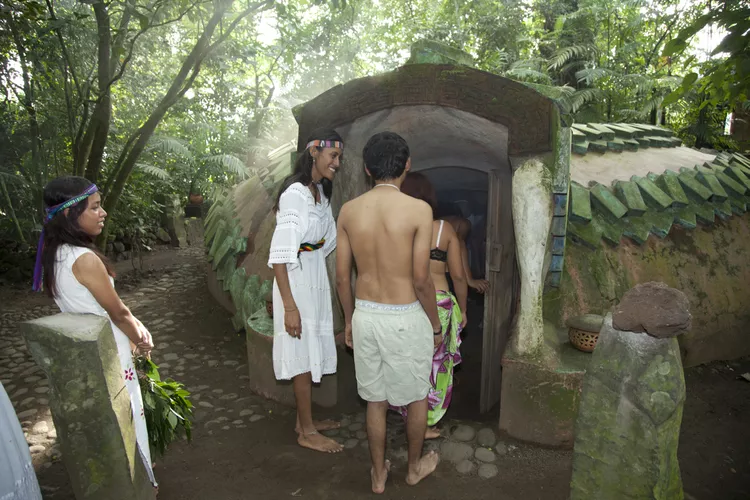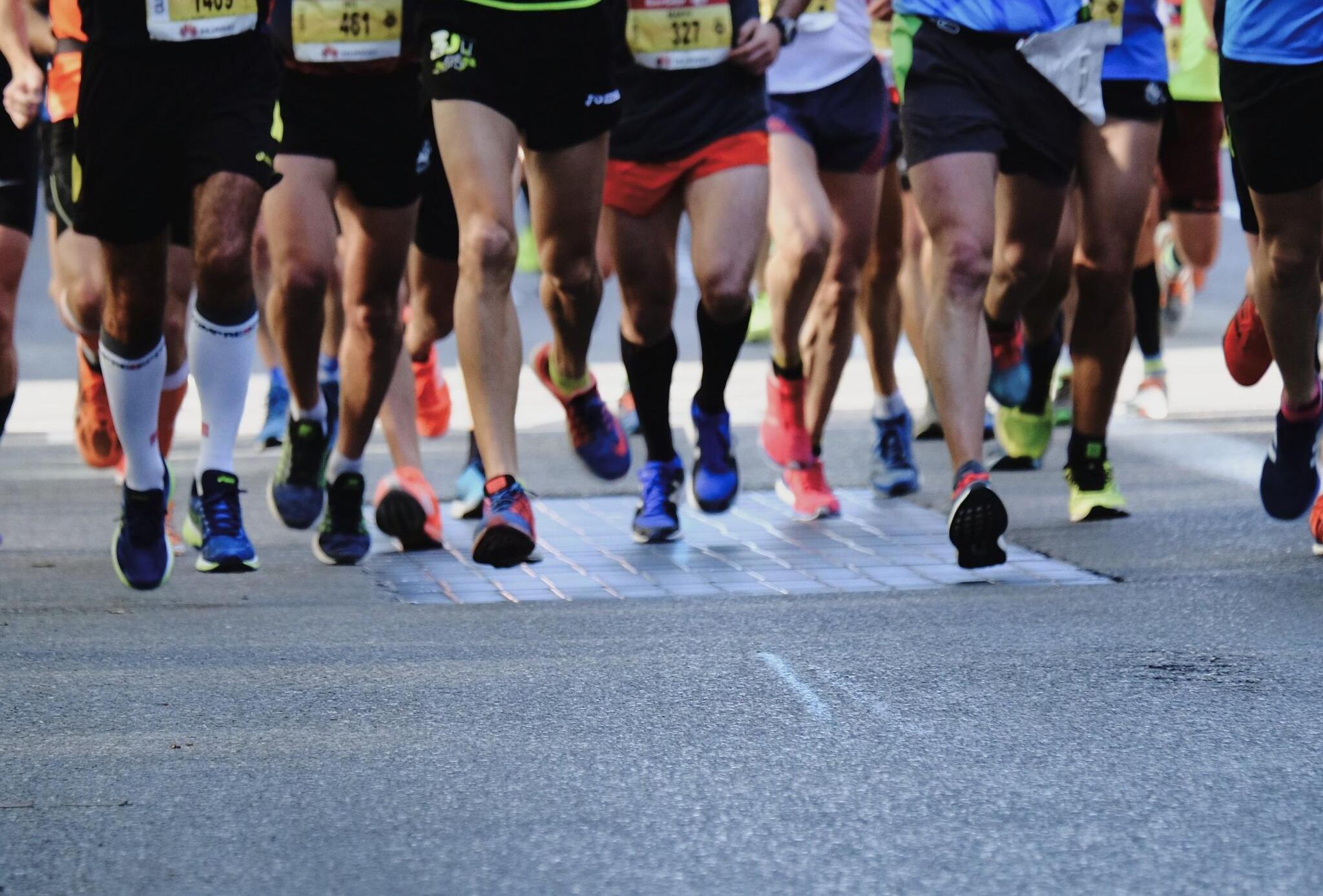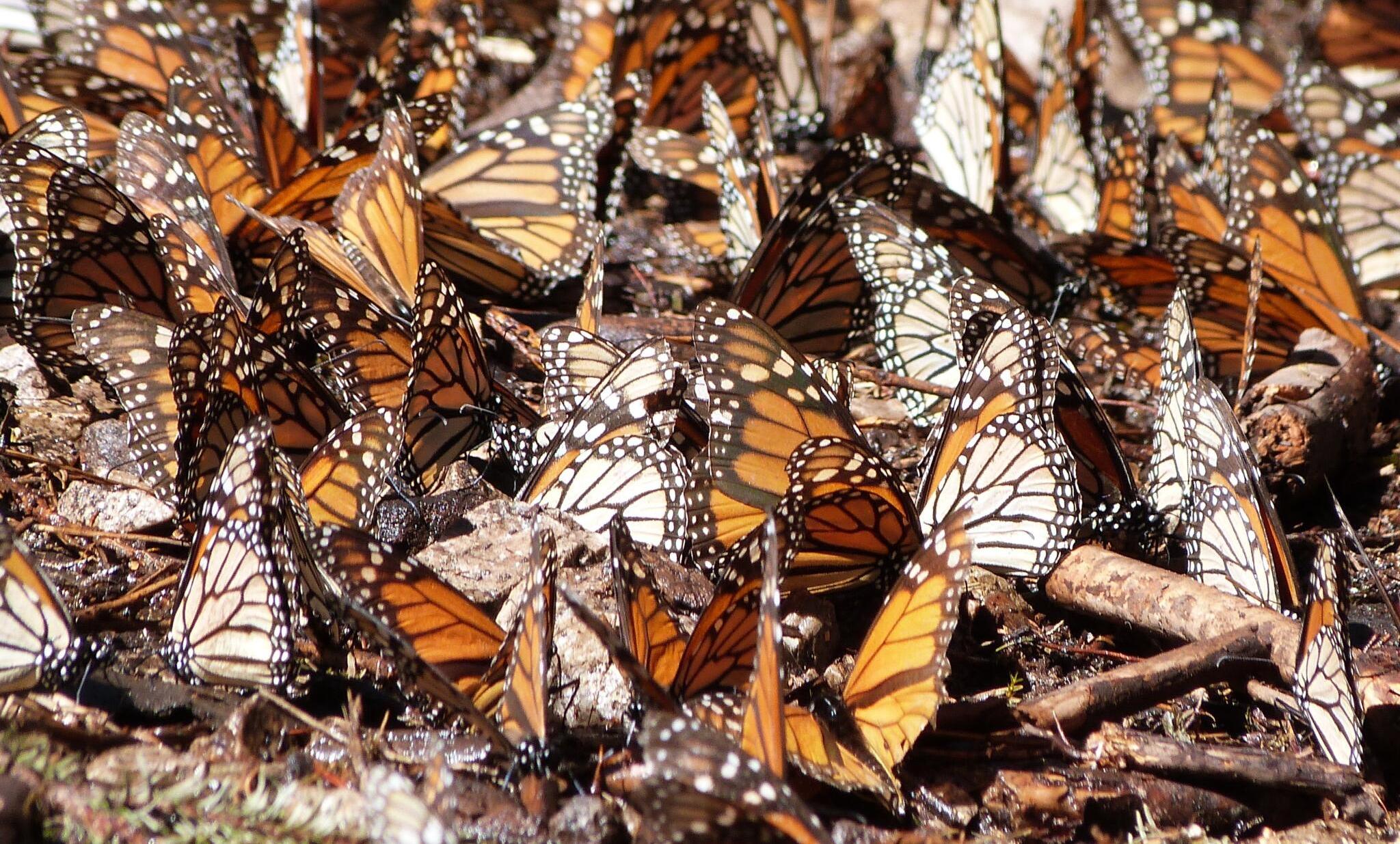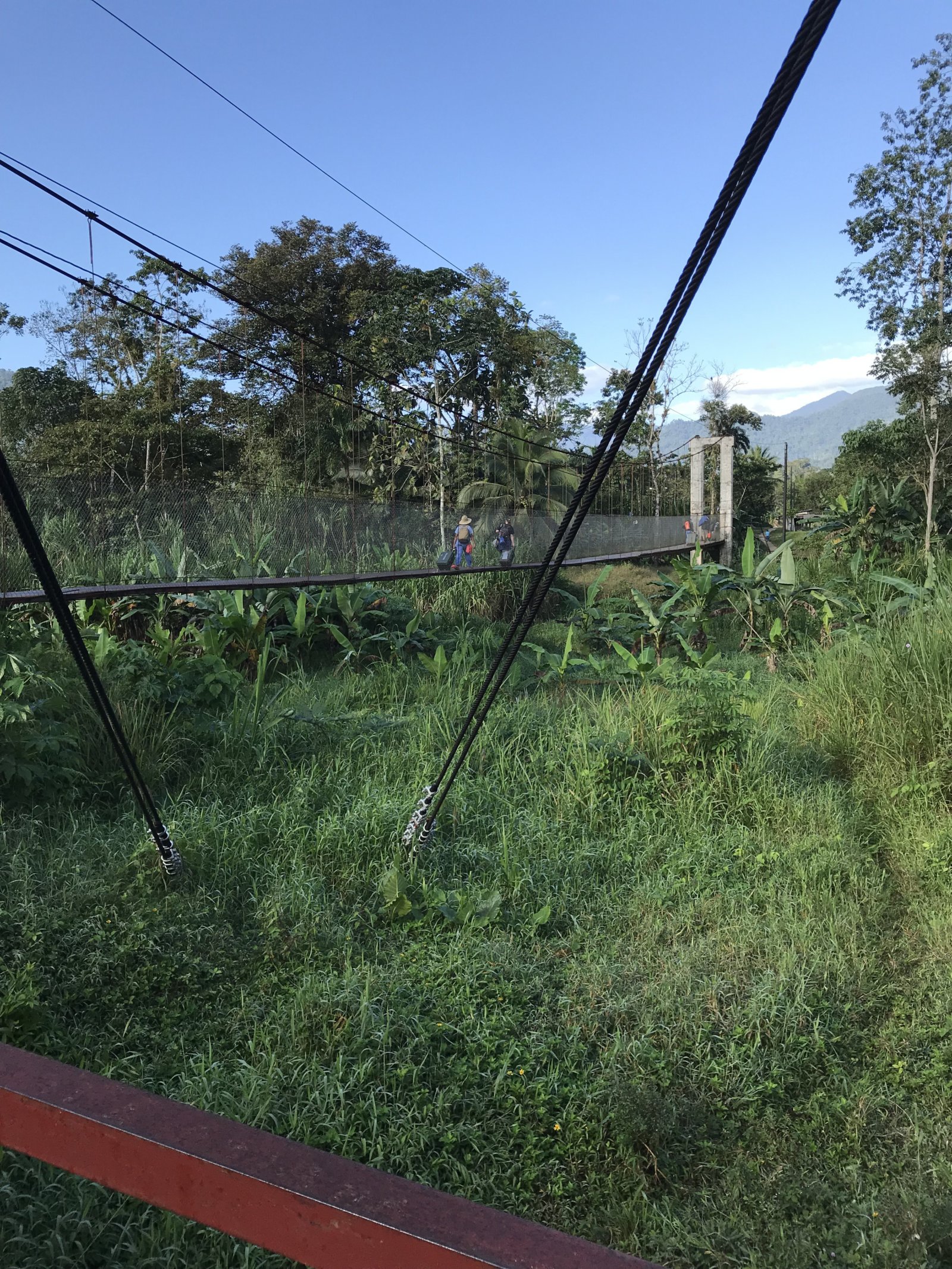Summary
- Understanding Sweat Lodges
- Know the Person Who “Pours The Waters”
- Know How Many People Will Be in the Sweat Lodge
- Know Your Sweat Lodge Etiquette
- Have an Exit Strategy
- If It Doesn’t Feel Right…Leave
- Know Who Shouldn’t Be in a Sweat Lodge
- Take Precautions Before Entering
- Be Aware of Cultural Sensitivities
Sweat lodges are a part of traditional Native American culture and medicine, serving as a sacred ceremony aimed at both spiritual and physical cleansing. Sweat lodges have been a longstanding practice in both European and Native American cultures, with most people participating safely in these meaningful experiences. However, the tragic deaths of three individuals in a sweat lodge led by “self-help” author James Arthur Ray near Sedona, Arizona in 2009 raised serious questions about the safety of these rituals. It is crucial to understand that the problem was not the sweat lodge itself, but rather the approach taken by James Arthur Ray, who appropriated a sacred Native tradition for misguided purposes. His retreat was poorly managed and built incorrectly, using plastic tarps, ultimately pressuring participants beyond their safe limits.
Nevertheless, even though such incidents are rare, there are several important factors to consider before engaging in a sweat lodge ceremony.
Know the Person Who “Pours The Waters”
In Native American tradition, the individual who “pours the waters” plays the role of the spiritual leader during the ceremony. They are responsible for monitoring each participant’s mental and physical condition. Therefore, it is essential to trust their knowledge and experience. It is advisable to inquire about their background, experience, and the sources of their training, just as you would with anyone else responsible for your well-being.
Know How Many People Will Be in the Sweat Lodge
The typical attendance at a sweat lodge ranges from eight to twelve participants, although traditional practices may accommodate up to two dozen. However, the excessive number of attendees in James Arthur Ray’s Sedona sweat lodge, approximately 65, made it difficult to ensure everyone was being monitored effectively and that their experiences were safe.
Know Your Sweat Lodge Etiquette
Sweat lodges can differ significantly in their practices. For example, spas that offer temezcals in Mexico typically require participants to wear light clothing. In contrast, traditional sweat lodges may involve being wrapped in towels or attending nude (particularly in single-gender settings). It is vital to follow the guidance of the host for private sweat lodges regarding appropriate attire, behavior, and expectations.
Have an Exit Strategy
People react differently to heat levels, so it is essential to listen to your body. If you start feeling overwhelmed, it is imperative to step outside the sweat lodge to cool down and hydrate. Ensure that this is an acceptable practice with the person performing the ceremony, as some leaders discourage leaving the lodge, making it particularly crucial for those new to the experience to feel free to exit when necessary.
If It Doesn’t Feel Right…Leave
A sweat lodge demands high levels of trust among participants. Depending on the specific arrangement, you may be nude, wrapped in towels, or donned in light clothing. However, an authentic experience should provide a sense of entering a sacred healing space. If there are financial charges associated with the ceremony, reconsider participation, as traditional Native American healers do not typically accept payment (while offerings may be customary). Additionally, any inappropriate behavior or sexual advances are red flags that signify something is amiss.
Know Who Shouldn’t Be in a Sweat Lodge
Certain individuals should avoid sweat lodge participation, including pregnant women and those with high blood pressure, epilepsy, or conditions such as heart disease. Prioritizing your health and safety is paramount in these environments.
Take Precautions Before Entering
Before entering a sweat lodge, it is advisable to leave jewelry behind to prevent burns. Additionally, refraining from consuming heavy meals right before your session is highly recommended, as it can place undue strain on the circulatory system; instead, opt for a light meal and allow a few hours to elapse.
Be Aware of Cultural Sensitivities
This ceremony holds sacred significance, and many Native Americans feel that it should not be commodified or casually adapted for commercialization by spas or opportunists like James Arthur Ray. If you begin searching for sweat lodge ceremonies, be prepared to encounter individuals with strong sentiments regarding their appropriateness and representation.





